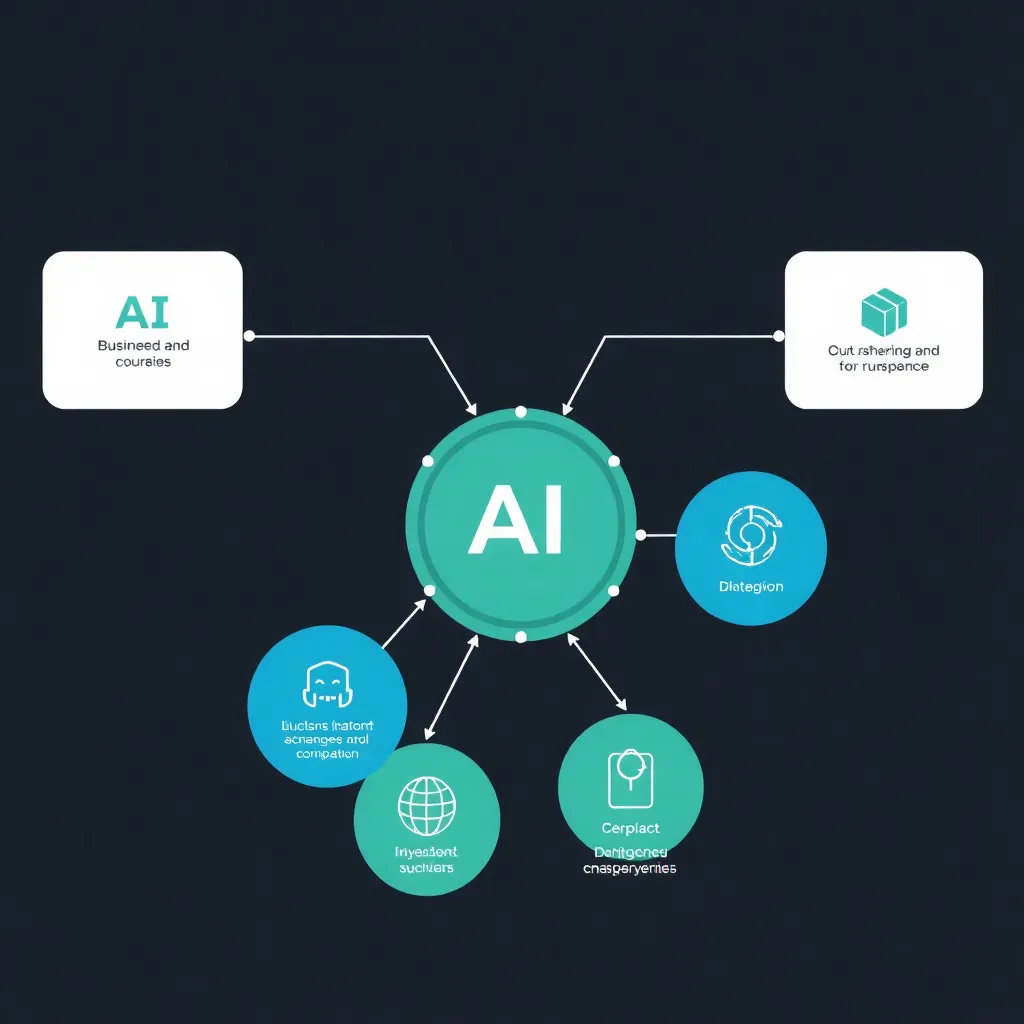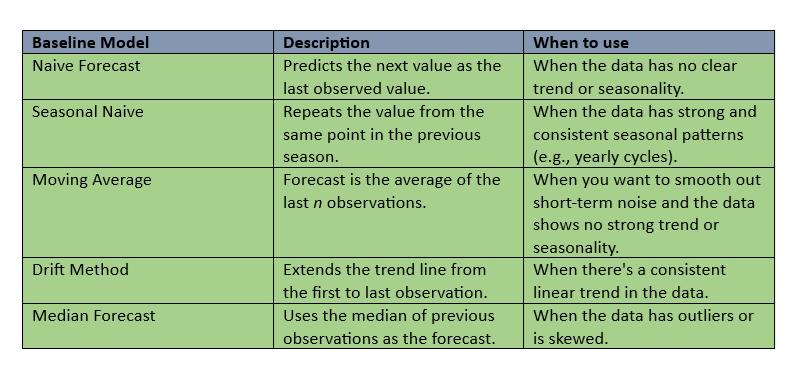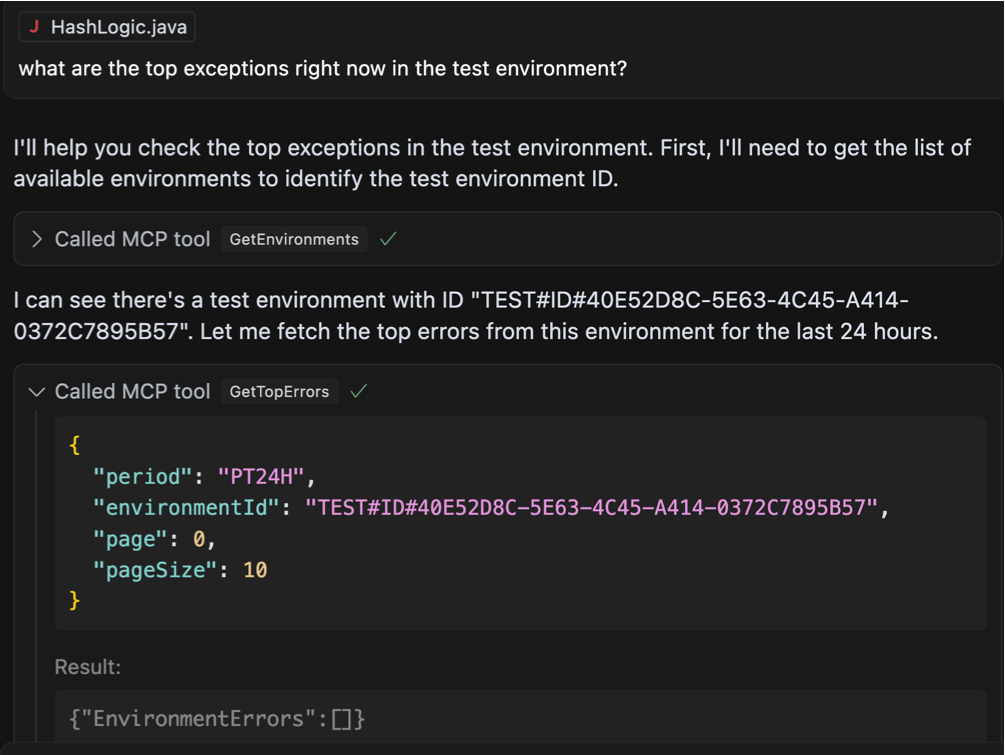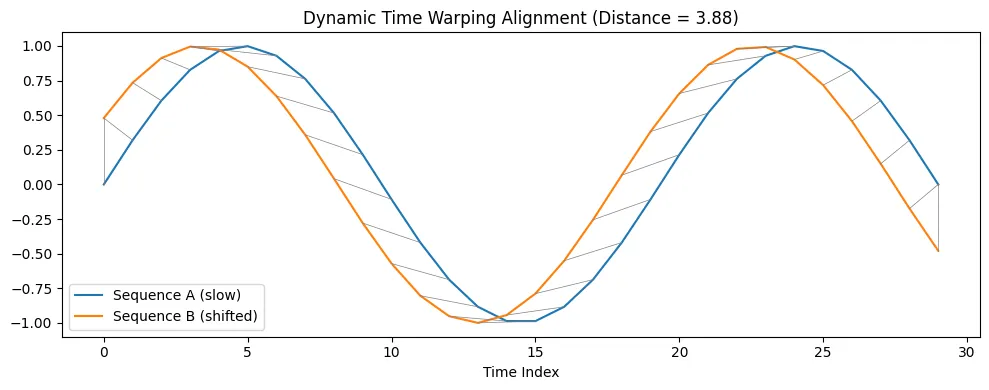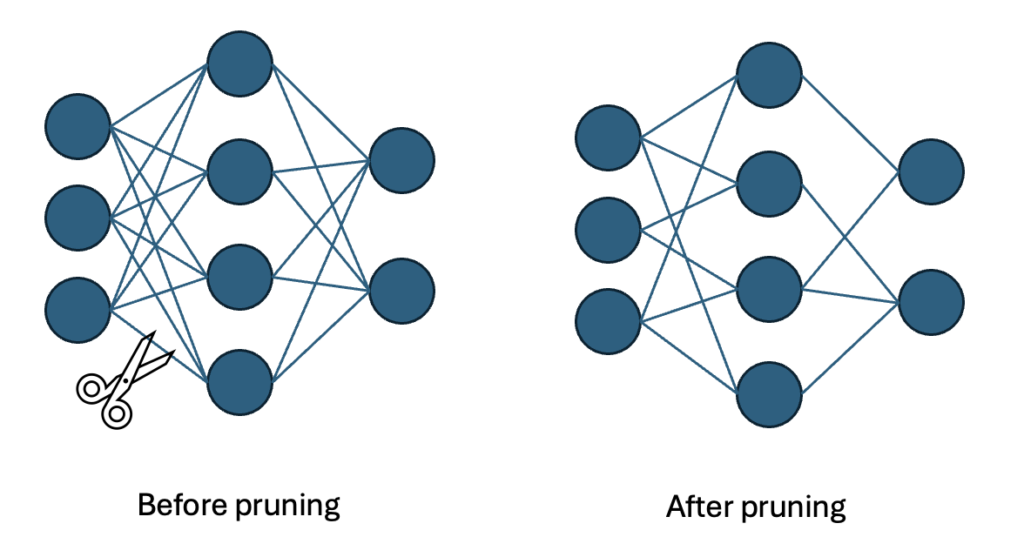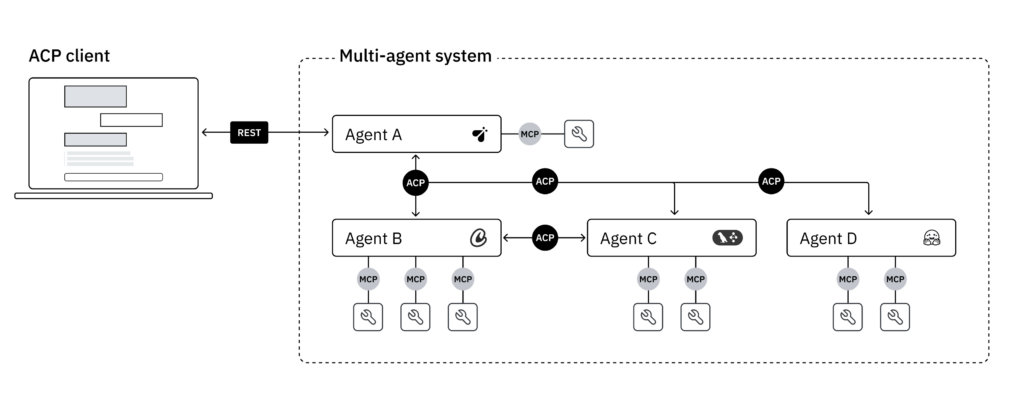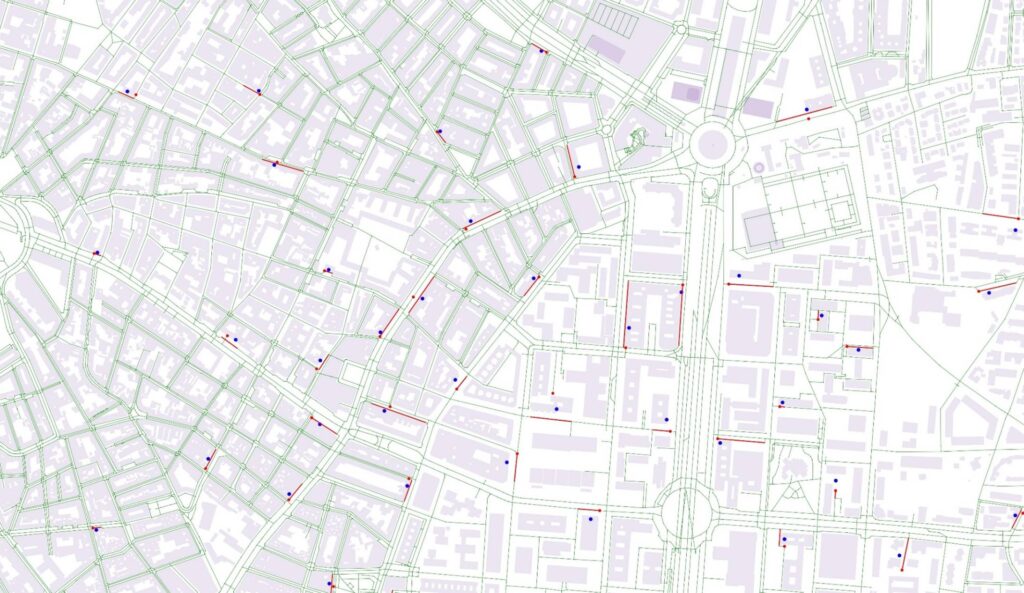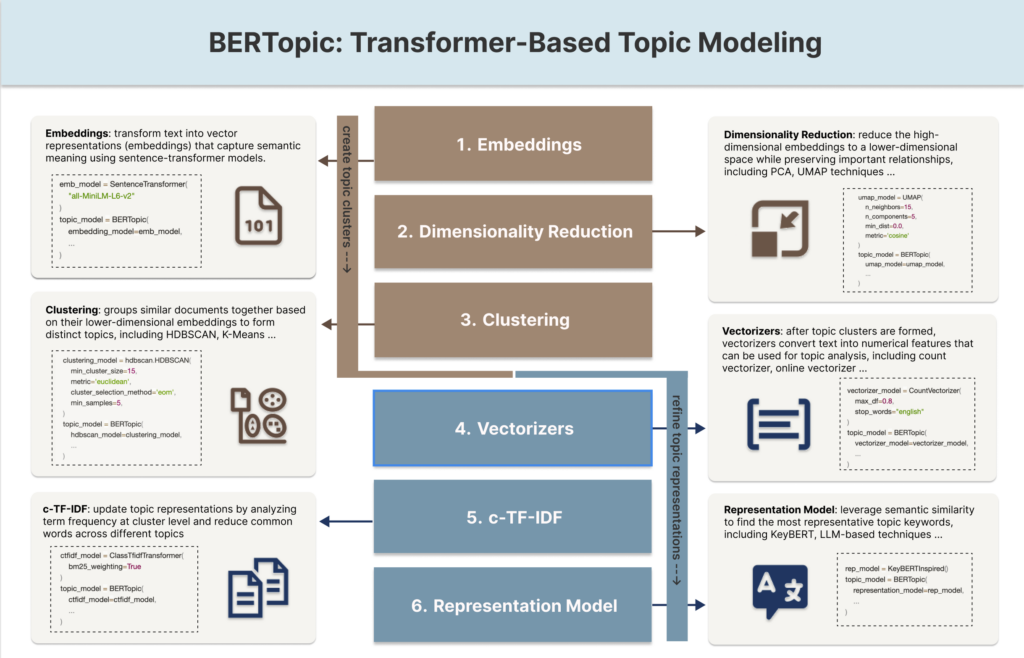Time Series Forecasting Made Simple (Part 2): Customizing Baseline Models
Thank you for the kind response to Part 1, it’s been encouraging to see so many readers interested in time series forecasting. In Part 1 of this series, we broke down time series data into trend, seasonality, and noise, discussed when to use additive versus multiplicative models, and built a Seasonal Naive baseline forecast using […]
Time Series Forecasting Made Simple (Part 2): Customizing Baseline Models Read More »
